Must-Visit Attractions in Naples, Italy

Naples is a sprawling city, but most of its finest things to do are hidden in the pedestrian-friendly historic center. This UNESCO World Heritage site and its environs are home to chapels like the Museo Cappella Sansevero, which functions as an art museum, and the Galleria Borbonica, a subterranean cavern filled with artifacts. The most invigorating place to extend your legs and experience the warm, briny air is along the Via Carrociolo e Lungomare di Napoli, but for the finest views, walk up the funicular to the Certosa e Museo di San Martino, a monastery-turned-gallery.
Via Caracciolo e Lungomare di Napoli
For a pleasant seaside promenade, look no further than the Via Caracciolo e Lungomare di Napoli. Flanked by cafes and restaurants on one side and the Gulf of Naples on the other, this promenade serves as a relaxing place to extend your legs and breathe in the fresh sea air. The views of adjacent Mount Vesuvius and the island of Capri lend an almost mystical element to this pedestrian promenade.
Although recent visitors say a walk on Via Caracciolo e Lungomare di Napoli is a definite must-do, they recommend steering clear during the weekends when it gets "extremely crowded." Some also cautioned that vendors attempting to promote their products can be a bit aggressive, so be prepared to say a kind but firm "no, grazie" a time or two.
Museo Cappella Sansevero (Sansevero Chapel Museum)
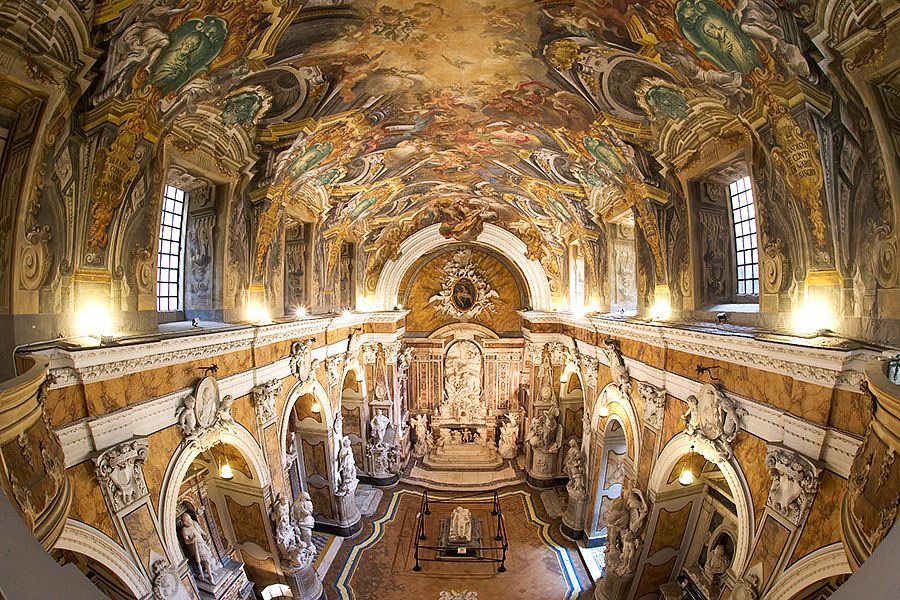
The centerpiece of the Museo Cappella Sansevero is the "Veiled Christ," a statue created by the Neapolitan artist Giuseppe Sanmartino in 1753. The famously realistic statue rests at the center of the chapel, but there are other works of art on exhibit here, too, including the Statues of the Virtues, which portray themes like "Decorum," "Modesty" and "Sincerity." The chapel itself, in both its 18th-century architecture and design, is also a site to witness. Once you've toured the chapel, proceed downstairs to the crypt, where the "Anatomical Machines" exhibit is housed. Not for the timid of heart, the exhibit features two glass cases with the skeletons of a man and woman that have their artery and venous systems exposed. It's believed these skeletons date back to 1763.
Recent visitors reported that the "Veiled Christ" is worth the lengthy delays. Others highly recommend reading up on the chapel's artists and history before you go to get the most out of your visit, though purchasing the audio guide is another way to do the same. Audio instructions are available in a diversity of languages, including English.
Certosa e Museo di San Martino
Founded in the 14th century as a Carthusian monastery, the Certosa e Museo di San Martino stands high above the city on Vomero hill, leaving visitors in amazement of its intricate exteriors, immaculately-designed cloisters and panoramic metropolitan views. The interior has witnessed many alterations over its centuries of existence, including contributions by famous Italian masters Giovanni Antonio Dosio and Cosimo Fanzago. Visitors will also discover 17th-century works by such famed artists as Francesco Solimena, Massimo Stanzione, Jusepe de Ribera and Battista Caracciolo. What's more, the Certosa e Museo di San Martino is home to a remarkable collection of antique presepi (nativity images).
Recent travelers gushed about the church's elaborate frescoes and its unmatched views of the harbor, the city and Mount Vesuvius. However, evaluators warned others not to make the same error they did by attempting to walk to the monastery. After all, it's much simpler (and economical) to pay 1 euro ($1) to ride the funicular up the precipice and walk the remainder of the way.
Catacombe di San Gennaro
The Catacombe di San Gennaro date back to the second century, but they became a pilgrimage site in the fifth century when San Gennaro – the patron saint who contributes his name to the catacombs – was set to rest here. Along with the subterranean tombs, visitors will view art, including fifth-century mosaics and a third century, Pompeian-style chamber embellished with early Christian-themed paintings.
One recent traveler dubbed the tour of the catacombs the "highlight" of his journey to Naples, citing the knowledgeable (English-speaking) travel guide who retells the intriguing history of the catacombs. But this reviewer isn't alone: Most visitors concurred that the guided tour makes this attraction really come alive. Along with comfortable shoes, you'll want to bring a light sweater (even during a summer visit), as the temperature underground can differ quite a bit from the street-level climate.
Museo Archeologico Nazionale di Napoli (Naples National Archeological Museum)
The Museo Archeologico Nazionale di Napoli is where you'll find antiquities rescued from Pompeii and Herculaneum. The collection includes everything from Greek and Roman sculptures to intricate mosaics. The building itself is also a site to witness, as it once served as military quarters before it became the city's primary university. It didn't become a museum until Charles VII declared it so in the late 18th century.
If you only have time for one museum on your Naples excursion, many recent travelers (and travel experts) recommend making the Museo Archeologico Nazionale di Napoli your choice. Still, more than one visitor lamented the lack of a museum café or other on-site refreshments (a valid complaint considering the scale of the museum). Others complained about the signage, which is mostly in Italian. Though there is an audio guide available, reviewers said it only provides information on the museum highlights.
Galleria Borbonica (Bourbon Tunnel)
The Galleria Borbonica – or Bourbon Tunnel – is an unfinished subterranean passageway commissioned by King Ferdinand II and excavated back in the 19th century as an escape route that would link the Royal Palace of Naples to military installations in Via della Pace (now Via Morelli). Though the tunnel was never completed, it was used in World War II as an air raid shelter and military hospital. Along your tour of the tunnel, you'll notice detritus and period relics, including antiquated automobiles.
According to recent visitors, the impassioned (English-speaking) tour guides make a visit to the Bourbon Tunnel extraordinary. Reviewers say that although the entrances are narrow and may leave some feeling mildly claustrophobic, the tunnel widens inside.
Pompeii and Mount Vesuvius

Two of the area's most emblematic localities – Mount Vesuvius and Pompeii – can be found roughly 15 miles away from central Naples. Mount Vesuvius is the only active volcano remained on Europe's mainland, while Pompeii, which fell victim to one of Mount Vesuvius' eruptions in A.D. 79, is a UNESCO World Heritage city that was preserved by the volcano's debris. It was not rediscovered until 1748.
According to many travelers, the best way to view both of these locations is to see them together on a guided tour; consult our list of the top Italy excursions to view traveler-approved companies. During the excursion, visitors will get to trek up Mount Vesuvius and meander around Pompeii. Tours offer more context about the localities than can be learned if exploring without a guide, but bear in mind that the hike up the volcano can be a bit strenuous.
Read Also: Coliving Spaces In The World
Museo di Capodimonte
Originally commissioned in 1738 as a hunting retreat for Charles VII, monarch of Naples and Sicily, this magnificent residence took more than a century to construct. These days, it functions as a museum, exhibiting works by names like Titian, Sandro Botticelli and Michelangelo da Caravaggio, among other well-known Italian and Neapolitan artists, as well as Andy Warhol.
Some travelers say the works housed here can feel monotonous, and one visitor observes that the placards describing the works of art are only in Italian. Still, most say that the view from the palazzo is magnificent, as is the surrounding park.
Via San Gregorio Armeno (Christmas Alley)
Nicknamed "Christmas Alley," Via San Gregorio Armeno bustles year-round with artisans peddling goods, such as nativity and celebrity statuettes, as well as the famous terracotta figurines created by Giuseppe Ferrigno. Visitors will find ornaments resembling everyone from the pope to renowned football players to infant Jesus. Curiously, Elvis turns up here, too.
Some travelers call the shops that flank Christmas Alley charming and kitschy but say Via San Gregorio Armeno is worth a stroll. Even if you're not in the market to purchase any mementos, visitors say the area's architecture and overall ambience are ideal for a coffee, a gelato and a fascinating insight into Naples culture.

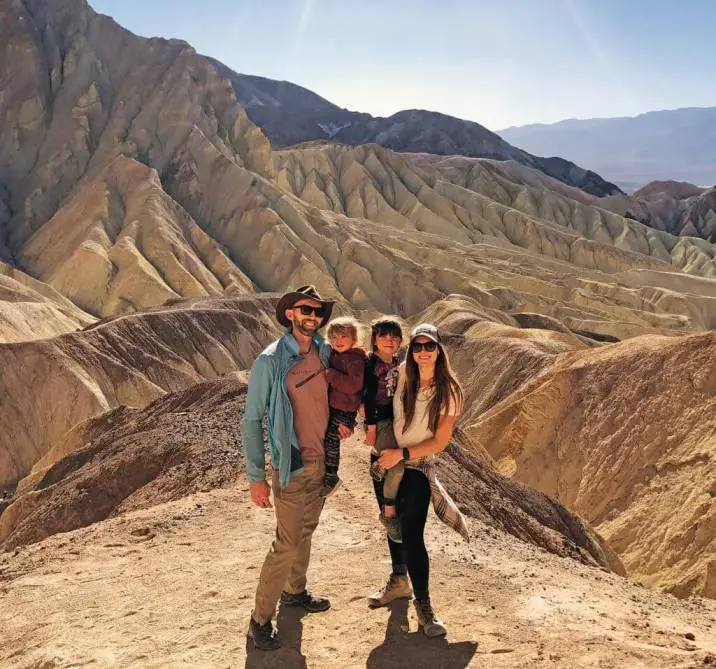
.webp)
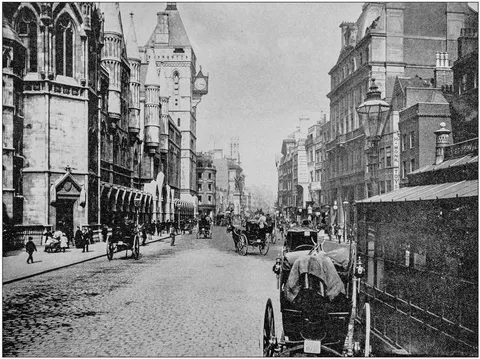

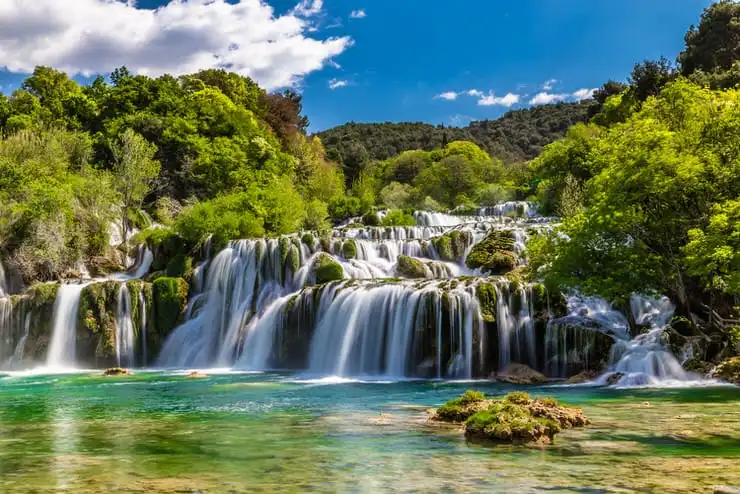
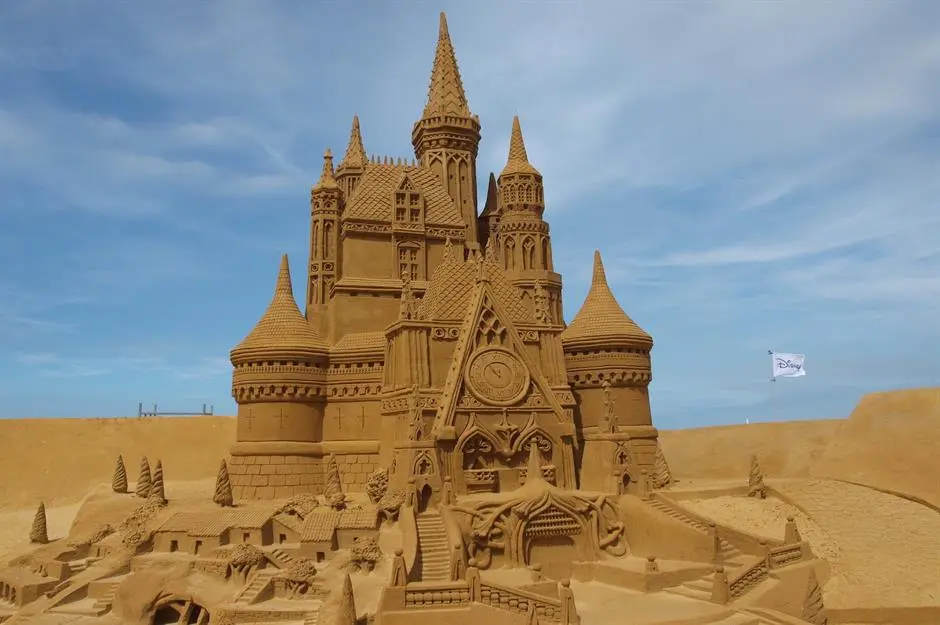
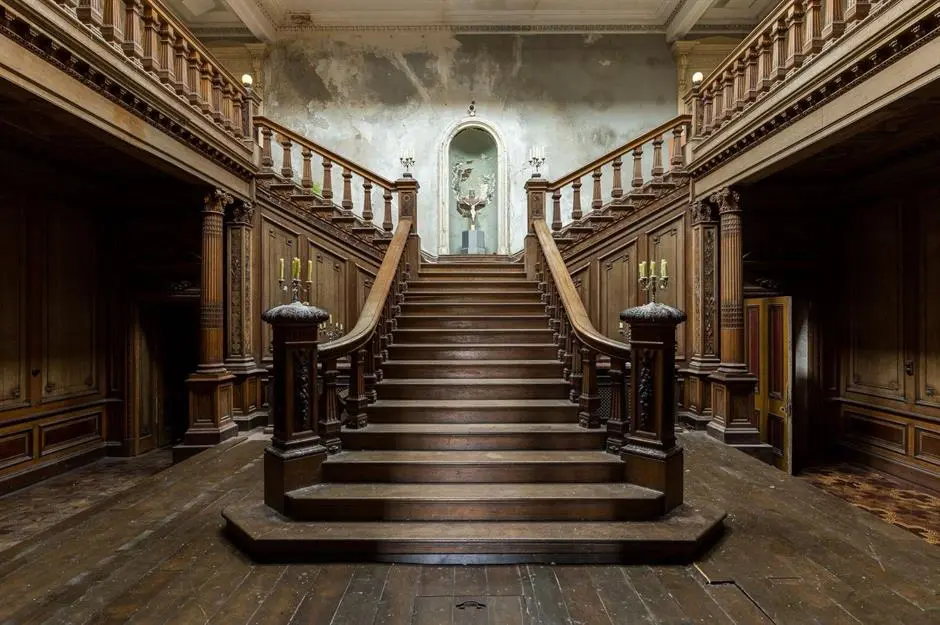
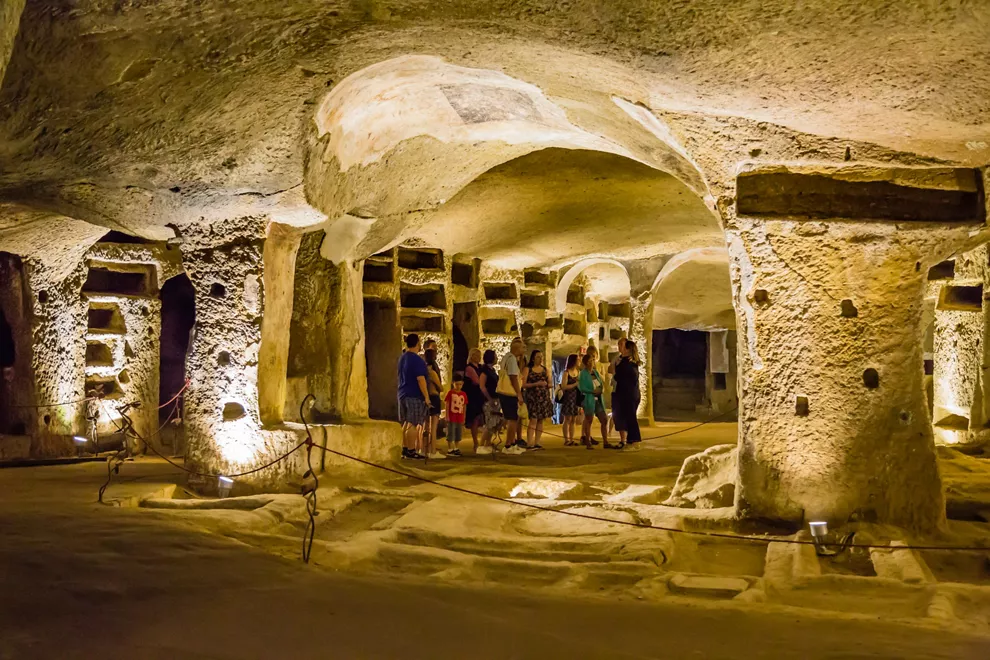
.jpg)


.jpg)
.jpg)

.jpg)

.avif)

